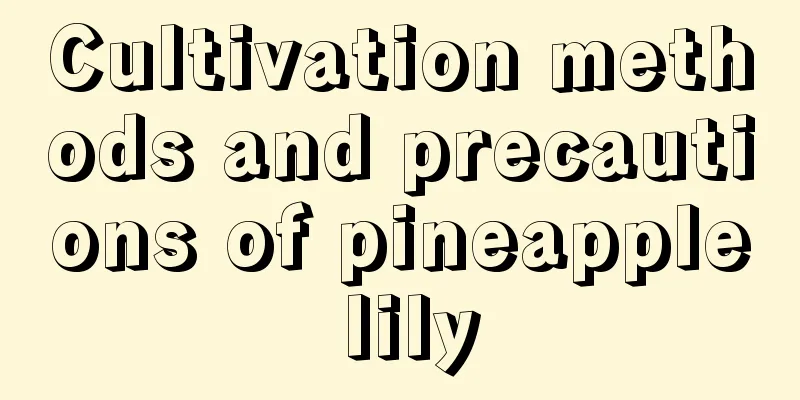What causes cactus to turn yellow?

reasonOverwateringThe potting soil has been in an overly wet state for a long time, with extreme lack of oxygen, and the cactus gradually rots, which hinders the normal absorption of nutrients and water. As a result, the leaves turn yellow and fall off. At this time, you should stop watering and suspend applying fertilizer to keep the soil ventilated. Drought and dehydrationIt is just the opposite of the above. This is because the watering of flowers is wet on the top and dry on the bottom, which affects the absorption of water by the cactus, causing the leaves to become dark yellow and dull, and gradually turn yellow and fall off from the bottom to the top. At this time, stop watering or spraying, and maintain a suitable temperature to allow it to recover gradually. Long-term weight lossIf the soil has not been changed for a long time, you should turn the pot over in time and gradually add compound flower fertilizer. OverfertilizationDue to excessive fertilization, the old leaves gradually fall off. At this time, you should stop fertilizing, add an appropriate amount of water, immediately turn the pot over, and rinse the soil with water. High temperature and heatThe cactus needs to be moved to a cool and ventilated place in time. Over-shadingDue to insufficient sunlight absorption caused by long-term placement in the shade, it needs to be moved to a ventilated sunny place in time. Alkaline soil and waterIn the northern regions where the soil and water are alkaline, there is a lack of soluble iron, so the needles will gradually turn yellow. Apply alum fertilizer water in time. AirtightAppropriate pruning should be carried out to allow light to pass through. Due to the lush branches and leaves, it is easy for leaves to fall off, so pay attention to ventilation and light transmission. Air DryingIf the air is too dry, you should spray water to increase the air humidity appropriately. Improper temperatureAs the seasons change, the room temperature will also change accordingly. Pay attention to adjust the room temperature in time. Soil acidicThe loss of chemical elements in the soil causes the soil to become acidic, and alkaline solutions such as calcium, magnesium and phosphorus need to be applied. Pests and diseasesSince leaf spot disease can easily be caused by pathogens, which causes branches and leaves to turn yellow, spray pesticides in time for prevention and control. Strong sexual stimulationExcessive concentration of pesticide spraying will cause pollution from toxic gases and lead to overall death. Pesticides should be used reasonably to prevent air pollution, make correct judgments and prescribe the right medicine. Well, thanks to the editor’s efforts, this article is finally completed. I wonder if flower lovers have a deep understanding of it. Let us try to grow cactus together! |
<<: What to do if mint leaves turn yellow
>>: How to prevent and treat yellowing of chrysanthemum leaves
Recommend
How long is the growth cycle of perilla?
Introduction to Perilla Growth Perilla has strong...
How many kilograms can red onions be produced per acre?
Red onion yield per mu Under normal circumstances...
How to fertilize roses in spring
1. How to fertilize In spring, the rose is growin...
The molting process of Lithops and how to cut off water
1. Molting process Theoretically, the molting pro...
When is the best time to plant lotus seeds?
Time to plant lotus seeds Bowl lotus is a perenni...
What is the function of Staghorn Begonia
Ornamental effect Staghorn Begonia potted plants ...
Breeding methods and precautions of Gypsophila paniculata
1. Maintenance methods 1. Flower pot selection: A...
How to tell if green radish needs watering
1. Observe the potting soil When watering the pla...
Why does bayberry bloom but not bear fruit?
1. It is a male tree There are both male and fema...
How to prune potted lucky bamboo? How to prune lucky bamboo leaves to make them look good
Pruning time of potted lucky bamboo There is gene...
Why are Monstera leaves turning yellow?
Monstera is an evergreen vine that is often used ...
Cultivation methods and maintenance matters of old jade tree pile
How to grow jade plant into an old tree An old ja...
How to grow Daphne koreana so that it blooms
Daphne odora flowering time Daphne odora usually ...
What does a rose look like? Rose pictures
1. What does a rose look like? The rose has fiery...
If you say these "layman's words" when buying flowers, it's no wonder you're the one being cheated!
Is this flower easy to grow? I believe this is a ...









